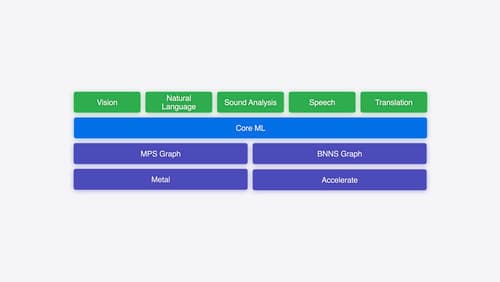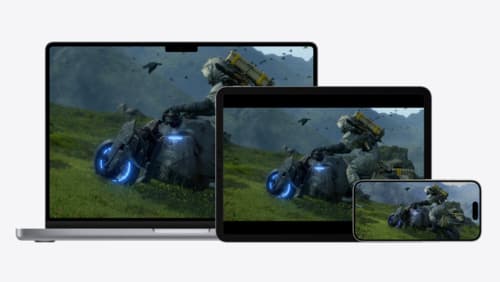When should I use Metal?
Asked on 2024-08-07
1 search
You should use Metal when you need a modern graphics and compute API that is optimized for Apple devices. Metal provides a wide range of advanced features for rendering graphics and performing compute tasks, making it ideal for applications such as:
-
Game Development: Metal is highly recommended for porting advanced games to Apple platforms. It offers features like MetalfX for upscaling, resource residency, and efficient rendering techniques. For more details, you can refer to the session Port advanced games to Apple platforms (11:06).
-
Machine Learning: Metal is also used to accelerate machine learning tasks. It supports frameworks like TensorFlow, PyTorch, and JAX, providing features such as custom operations, profiling, and mixed precision to boost training performance. For more information, check out the session Train your machine learning and AI models on Apple GPUs (01:55).
-
Real-time Signal Processing: If your app has significant graphics workloads, Metal allows you to sequence machine learning tasks with other workloads using Metal Performance Shaders (MPS) to get the best GPU performance. This is particularly useful for managing overall performance in applications with heavy workloads. For more insights, see the session Platforms State of the Union (17:43).
-
Rendering on visionOS: Metal can be used to render content in mixed reality applications, blending rendered content with physical surroundings and improving the positioning of rendered content in relation to the physical environment. For a detailed guide, refer to the session Render Metal with passthrough in visionOS (01:04).
Relevant Sessions
- Port advanced games to Apple platforms
- Train your machine learning and AI models on Apple GPUs
- Platforms State of the Union
- Render Metal with passthrough in visionOS
These sessions provide comprehensive information on how and when to use Metal for various applications on Apple platforms.

Bring your iOS or iPadOS game to visionOS
Discover how to transform your iOS or iPadOS game into a uniquely visionOS experience. Increase the immersion (and fun factor!) with a 3D frame or an immersive background. And invite players further into your world by adding depth to the window with stereoscopy or head tracking.

Explore machine learning on Apple platforms
Get started with an overview of machine learning frameworks on Apple platforms. Whether you’re implementing your first ML model, or an ML expert, we’ll offer guidance to help you select the right framework for your app’s needs.

Port advanced games to Apple platforms
Discover how simple it can be to reach players on Apple platforms worldwide. We’ll show you how to evaluate your Windows executable on Apple silicon, start your game port with code samples, convert your shader code to Metal, and bring your game to Mac, iPhone, and iPad. Explore enhanced Metal tools that understand HLSL shaders to validate, debug, and profile your ported shaders on Metal.
